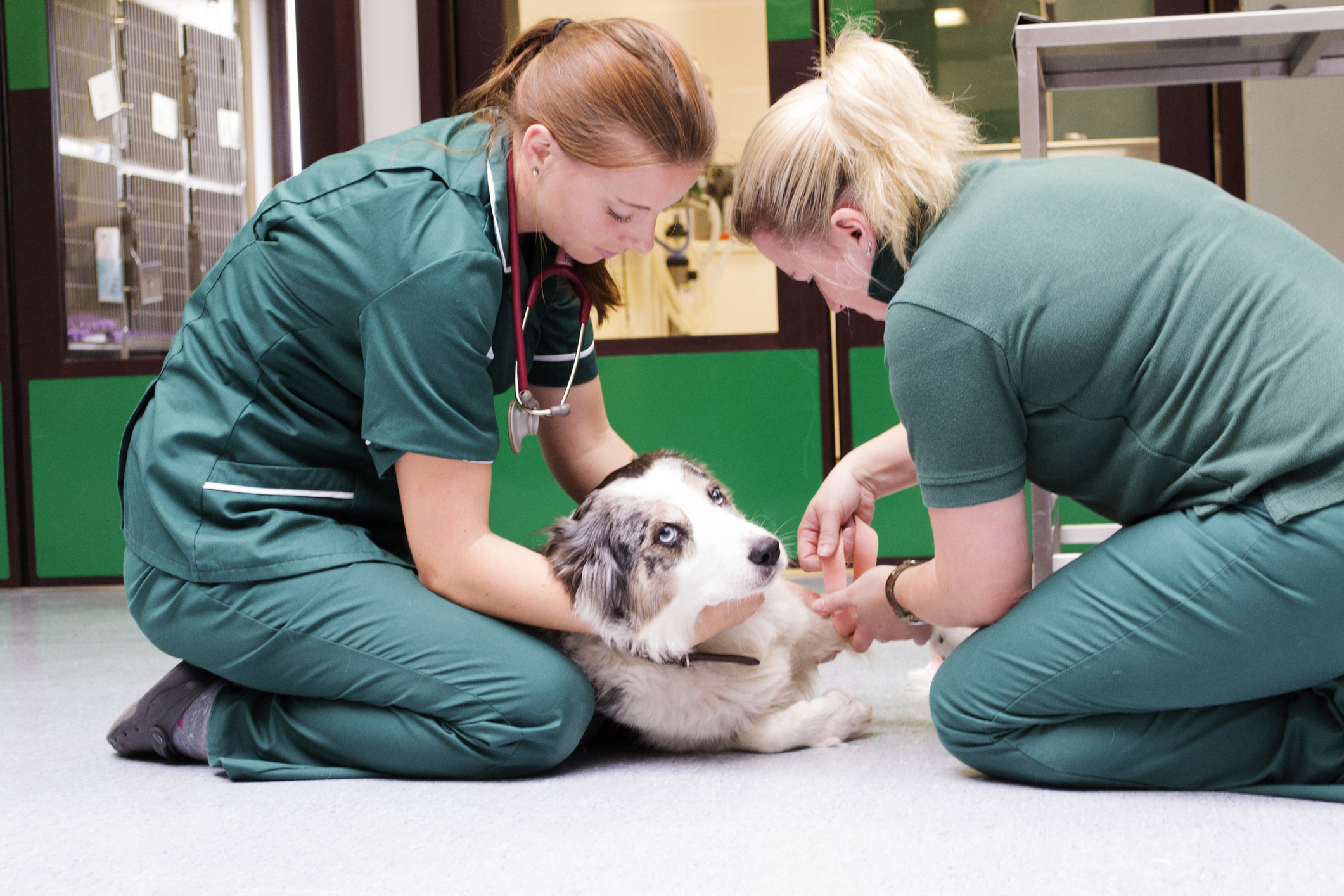
This is How You Keep Your Dog Safe During a Seizure
Most pet owners don’t realize that dogs are susceptible to seizures just like humans are…until it happens. Then, panic might set in, preventing the pet owner from taking steps to ensure their pup is safe. You don’t want this to happen to you!
Understanding canine seizure disorders and what to do if you are caught off guard by a seizure can ensure your pup’s comfort and safety during and after their convulsions.
Signs of canine seizures
One important thing to remember about canine seizures is that they don’t all look the same. Dogs can suffer from seizures of varying severity that produce wildly different symptoms.
The seizures most people picture are grand mal seizures. These seizures typically cause the dog’s entire body to convulse and are much easier to spot.
The usual signs of a canine grand mal seizure include:
- Collapsing
- Stiffening of the body/limbs
- Muscle twitching
- Jerking or convulsing
- Movements similar to treading water
- Drooling
- Incontinence
- Foaming at the mouth
Other seizures are much less severe and may produce milder signs, such as a twitch in the face or leg. Others yet might cause abnormal behavior performed in a rhythmic action, such as sudden and uncontrollable barking.
How to help a seizing dog
Regardless of the severity of the seizure your dog experiences, it’s important that you know how to act if you spot one. Taking the proper steps during your dog’s seizure can keep them safe and get them the help they need immediately.
If your dog begins to seize in front of you, here’s what you should do:
- Note the time: As soon as you notice your dog beginning to seize, check the time. Write it down so you don’t forget while you’re preoccupied with your pup. Noting the time your dog’s seizure started, as well as the time it ended, will let you and your vet know how long your dog’s seizures are lasting. This information can be crucial both for a diagnosis and your pet’s safety.
- Stay where you are: When your dog’s seizure begins, it might be your first instinct to panic and load your pup into the car to drive to the vet. Instead, try to remain calm and stay where you are in your home. Attempting to pick up and relocate your pup during their seizure could hurt them or you. Take deep breaths and focus all your attention on your dog, noting any additional symptoms during the seizure.
- Protect them from hazards: Although you don’t want to move your pup far, you should do what you can to protect them from hazards in your home like ledges or stairs. Gently pull them away from these areas. You may also want to put a pillow under your pup’s head, so they don’t knock it on the hard ground.
- Wait it out: Most dogs come out of seizures on their own relatively quickly. Keep an eye on the time and watch your dog carefully. Dogs cannot swallow their tongues during seizures, nor are they in pain or conscious, so do not try to physically intervene more than necessary to keep your dog in a safe location. Wait until your dog’s seizure ends and note the time. However, if your dog continues to seize for longer than five minutes, the problem could be life threatening. In this case, you should move your dog and transport them to the vet immediately.
- Seek veterinary help: It’s not normal for dogs to have seizures. If this is your dog’s first seizure, contact your vet right away. A seizure is not a disease in and of itself. Instead, it is a symptom of an underlying problem with the brain. They’ll want to conduct an examination to find out what’s wrong. Numerous problems can cause your dog to have sporadic or frequent seizures. The most common is idiopathic epilepsy—a seizure disorder caused by irregular neural connections of unknown origin. Other issues, including brain tumors, cancer, severe anemia, exposure to toxins and even low blood sugar, can also cause seizures of varying severity. Testing can identify these issues and inform the proper treatment plan moving forward.

After the seizure
Caring for your pet after their seizure is just as important as caring for them during. After your dog comes to after a seizure, they’re likely to be disoriented and scared. They may try to stand up, only to fall back down or appear unsteady. Try to keep your dog calm in the room you’re in, but avoid crowding them, or they may become frightened and aggressive. Give your dog some space while you contact their vet.
With proper identification, diagnosis and treatment, your dog’s seizures can be managed for the rest of their life. Above all else, it’s important to remain calm and stay observant during seizures to keep your pup as safe as possible.


